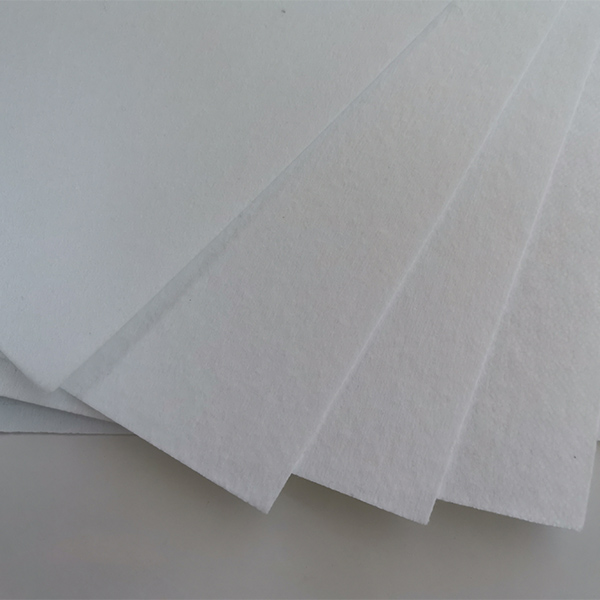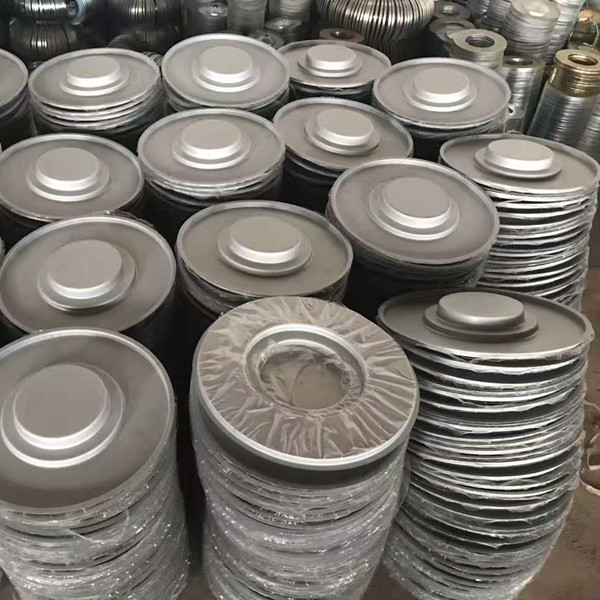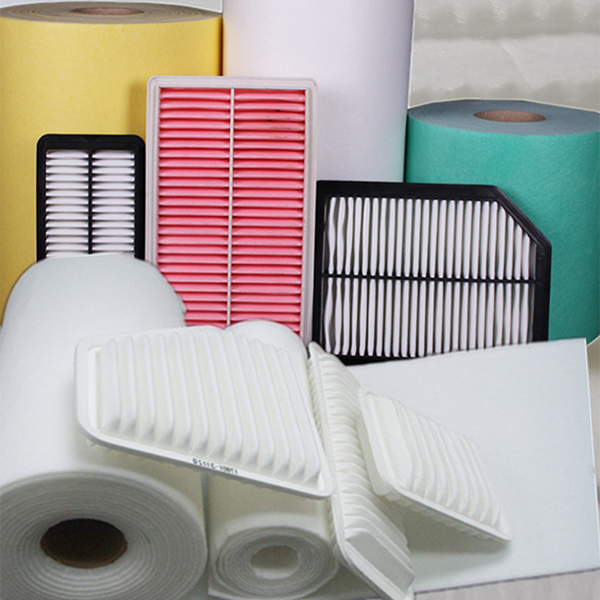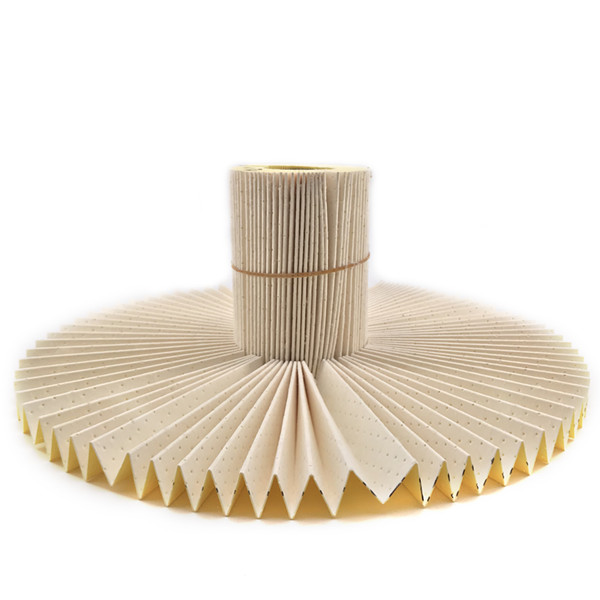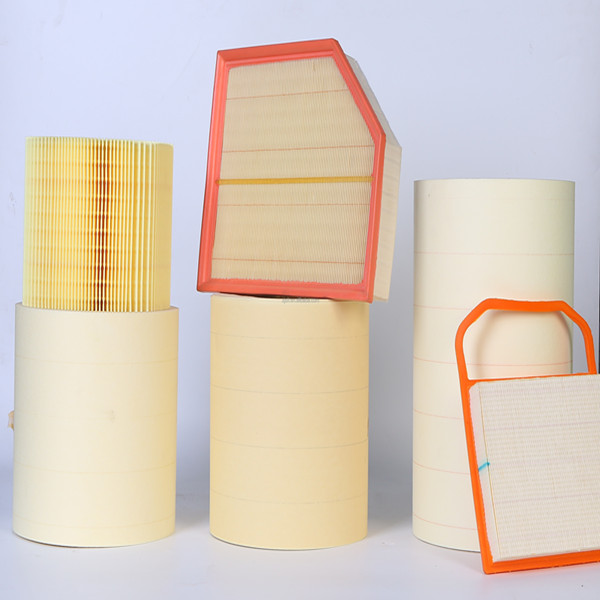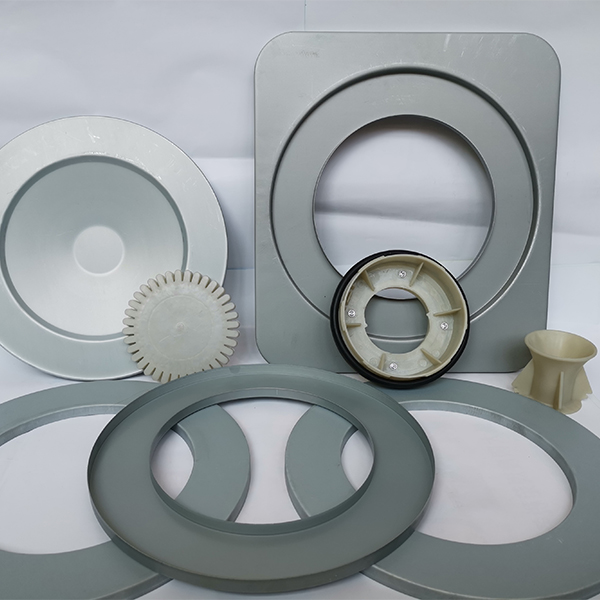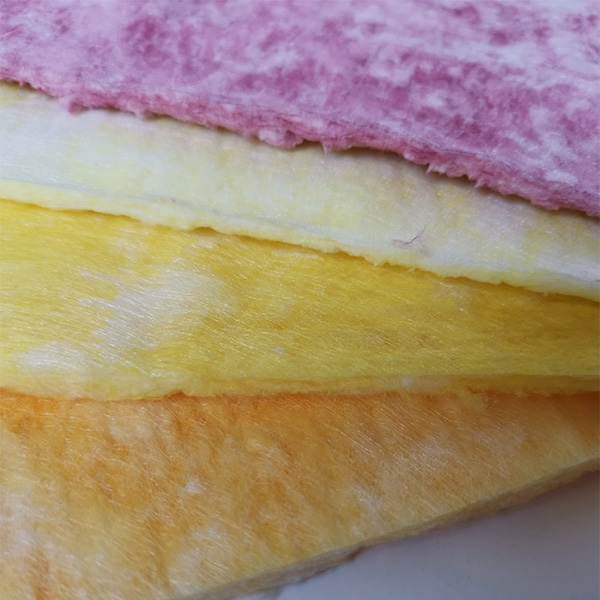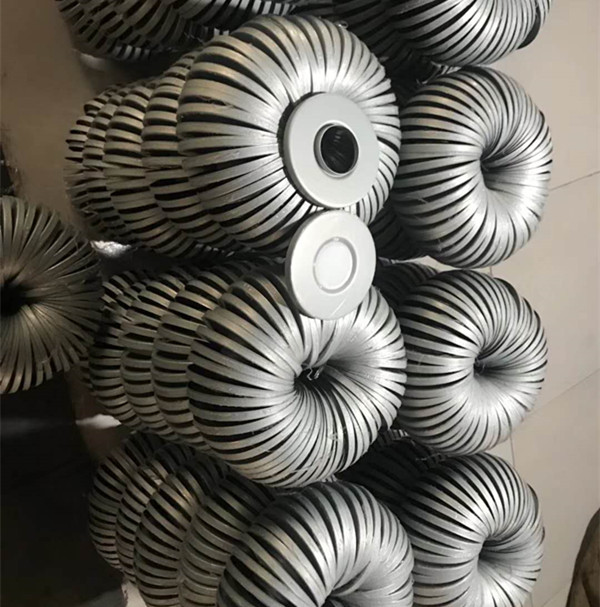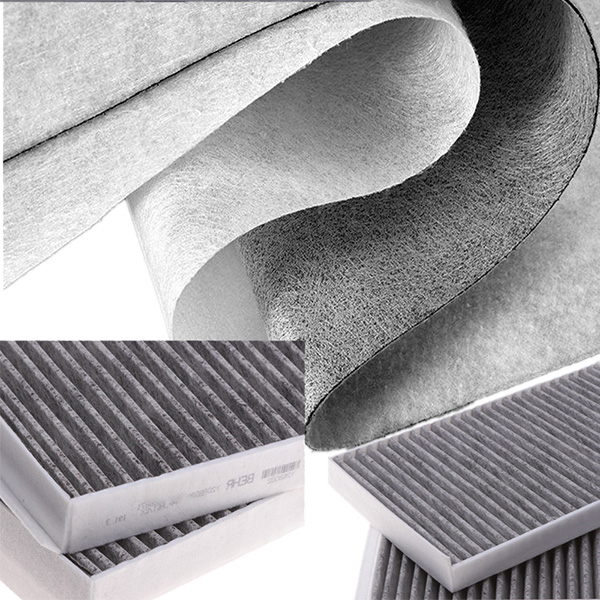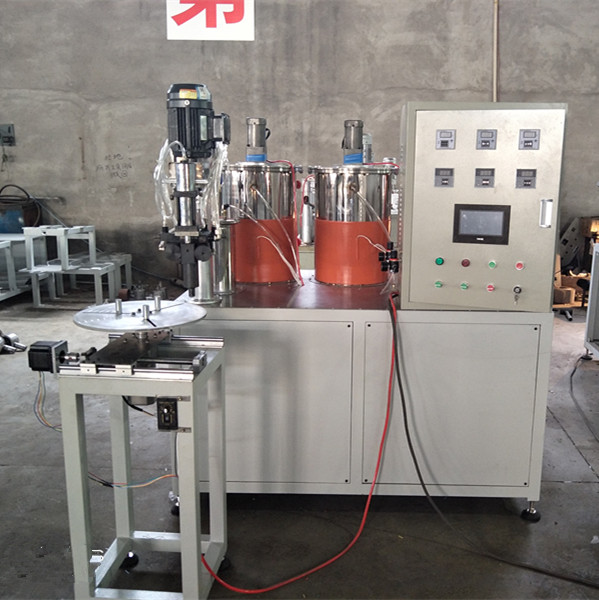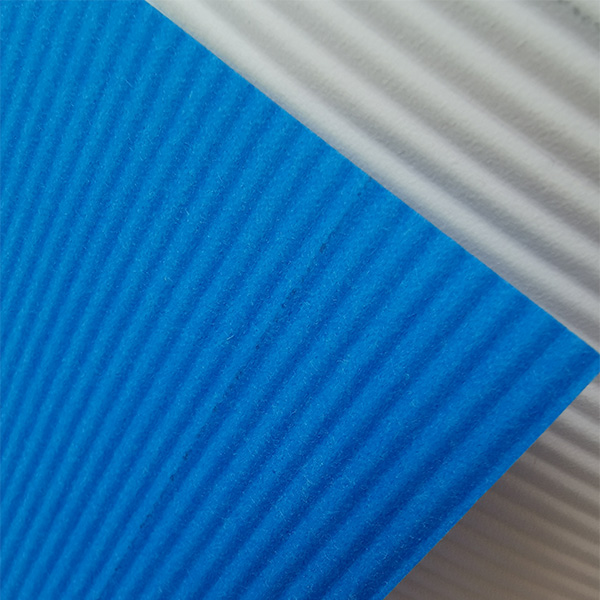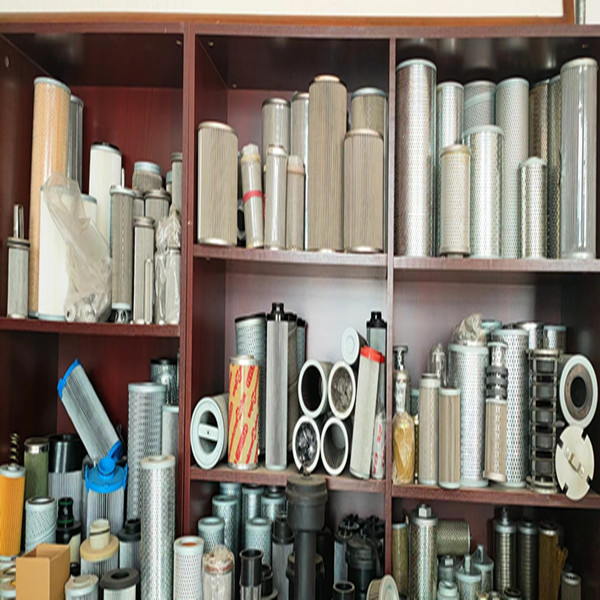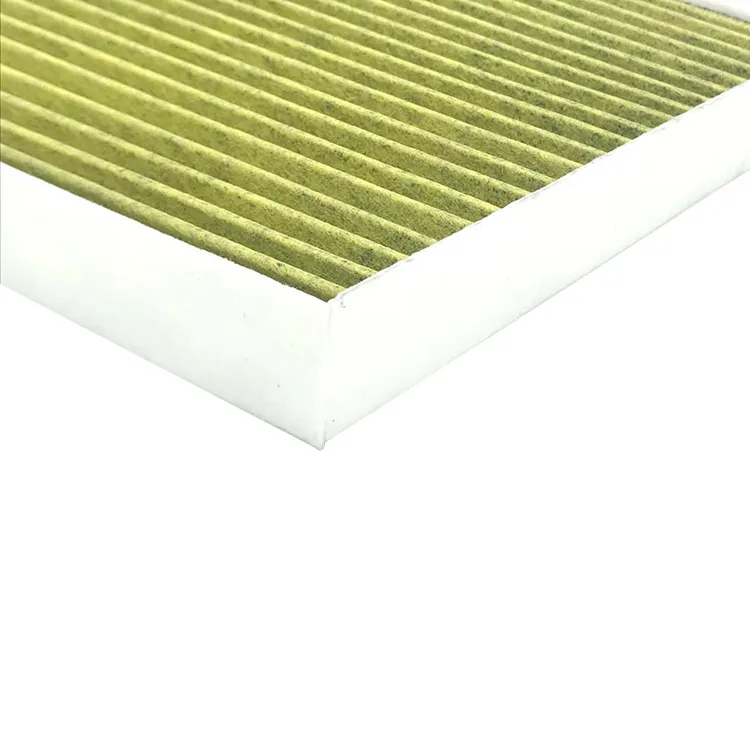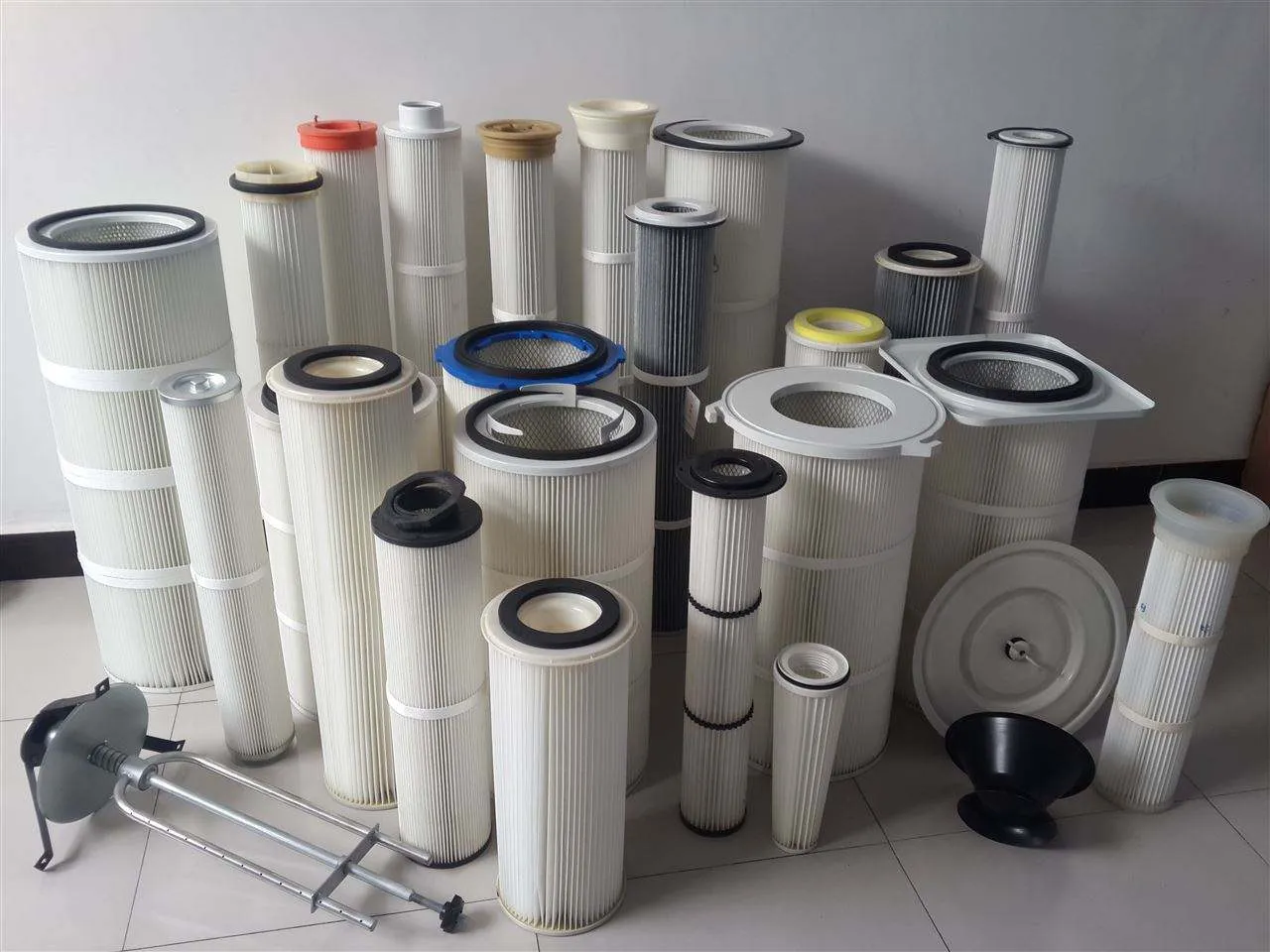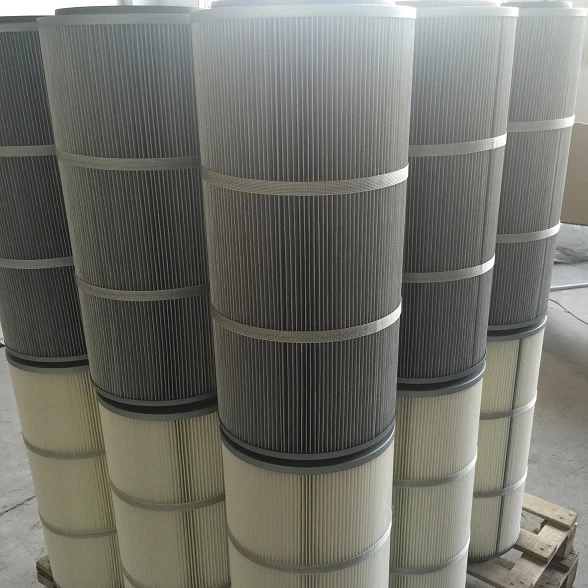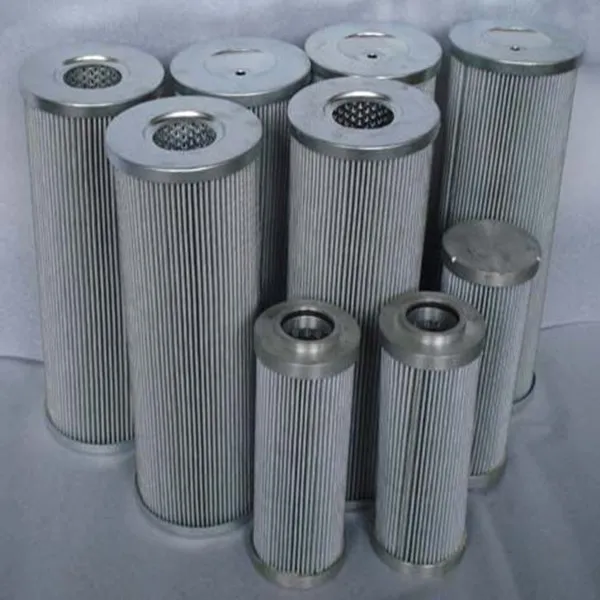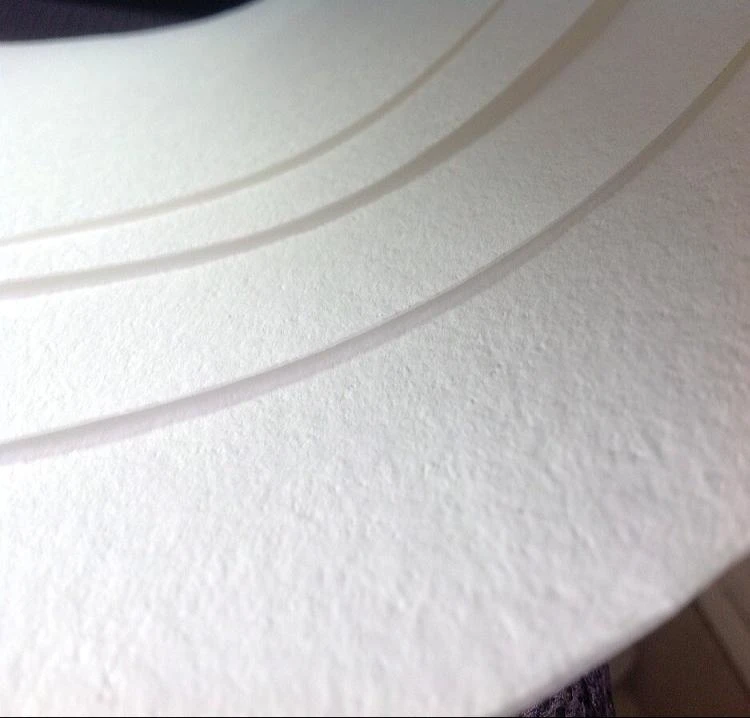- Market Growth Statistics for Filter Media Solutions
- Key Technical Properties and Performance Metrics
- Leading Manufacturers Comparison Analysis
- Industry-Specific Customization Approaches
- Air Filtration Efficiency Testing Results
- Real-World Implementation Case Studies
- Future Innovations in Air Filtration Materials
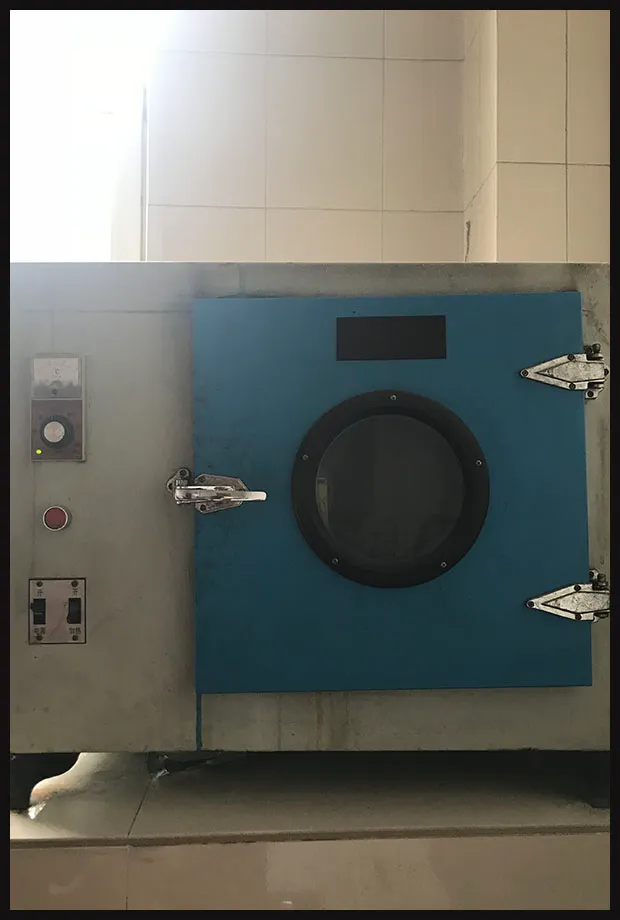
(non woven air filter media)
Understanding Non Woven Air Filter Media Fundamentals
The global filtration media market surpassed $4.7 billion in 2023, with non woven variants capturing 38% share according to FMI research. Non woven air filter media comprise synthetic polymers mechanically or chemically bonded into uniform matrices without weaving/knitting processes. Unlike traditional woven alternatives, these materials achieve precision pore structures through meltblown or spunbond manufacturing techniques that create microscopic fibers ranging from 0.5 to 15 microns in diameter.
Industrial facilities utilizing non woven fabric air filters report 23% longer service cycles compared to cellulose alternatives while maintaining consistent airflow rates. This durability stems from the material's isotropic structure that resists mechanical stress during operational vibration. HVAC systems incorporating non woven media demonstrate particulate capture efficiency improvements from 85% to 98% for PM2.5 when upgraded from standard fiberglass filters.
Technical Specifications and Performance Advantages
Non woven filter media exhibit superior particle retention characteristics due to three-dimensional fiber arrangements that create tortuous filtration pathways. Laboratory pressure drop tests show these materials maintain airflow resistance below 250 Pa at face velocities of 2.5 m/s while capturing 94% of ASHRAE test dust. The hydrophobic properties of polypropylene-based non woven filters prevent moisture absorption that typically degrades efficiency in high-humidity environments.
Manufacturing innovations enable specific gravity adjustments between 15-80 g/m² to meet diverse application requirements. Premium-grade versions incorporate electrostatically charged layers that enhance sub-micron particle capture without increasing airflow resistance. These materials retain 91% efficiency after accelerated aging tests simulating five years of continuous operation under ASHRAE 52.2 protocols.
Manufacturer Comparison Analysis
| Manufacturer | Basis Weight Range (g/m²) | Pressure Drop (Pa) | Filtration Efficiency % | Temperature Limit (°C) |
|---|---|---|---|---|
| Freudenberg | 35-150 | 100-350 | 95-99.97 | 130 |
| Ahlstrom-Munksjö | 40-120 | 120-290 | 92-99.95 | 125 |
| Lydall | 25-100 | 85-310 | 90-99.9 | 135 |
| Kimberly-Clark | 30-90 | 95-280 | 93-99.99 | 120 |
The technical comparison reveals significant variance in filtration capabilities between industry suppliers. Premium manufacturers utilize proprietary resin blends that increase charge retention longevity by 40% compared to generic alternatives. Enterprises seeking UL 900 Class 1 fire-rated solutions should verify material certifications since thermal stability differs between polymer compositions.
Customization Parameters for Specialized Applications
Medical-grade cleanrooms often specify non woven filter media with additivated antimicrobial properties achieving 99.9% bacterial reduction within 24-hour exposure periods. Pharmaceutical manufacturers integrate fluorocarbon-treated variants that resist solvent degradation during production of active ingredients. Customization possibilities include pleat stabilization treatments for HEPA applications requiring accordion-fold geometries maintaining profile integrity under constant airflow.
Food processing facilities benefit from FDA-compliant variants using food-contact approved polymers that withstand washdown pressure exceeding 4,500 psi. Customizable characteristics include ULPA-grade efficiency optimization with nanofiber coatings applied at 0.3-1.2g/m² that capture particulates down to 0.12 microns without premature clogging in high-dust environments.
Efficiency Validation Through Standardized Testing
Independent testing laboratories utilize EN 1822 and ISO 16890 protocols to verify non woven air filter performance claims. Results consistently show MERV 13-16 rated media maintaining particulate efficiencies between 85-95% for PM1 particles under thermal cycling tests that simulate seasonal temperature variations. Accelerated dust loading tests reveal that optimized non woven fabrics retain their structure after accumulating particulates equaling 150% of initial weight.
ASHRAE 52.2 fractional efficiency testing demonstrates consistent performance curves indicating these materials capture 99% of particles in the 3-10 micron range critical for commercial HVAC applications. Industrial users confirm 18% lower lifetime maintenance costs when switching from woven cotton filters to nonwoven equivalents, citing reduced filter change frequency and stable energy consumption profiles.
Implementation Success Across Industries
A semiconductor fabrication facility upgraded to custom non woven filters with fluoropolymer coatings, achieving particulate reduction from 152 particles/m³ to 8 particles/m³ in critical cleanroom spaces. This adjustment extended interval maintenance cycles from quarterly to semi-annual while meeting ISO Class 5 requirements. Energy audit reports showed subsequent annual HVAC energy savings of $68,000 by avoiding constant speed compensations for pressure buildup.
Automotive paint booth installations utilizing multi-layer spunbond media documented 40% reductions in paint overspray waste, with particulate emissions decreasing below regulatory limits as verified through EPA Method 5 stack tests. Hospital surgical wards that transitioned to antimicrobial non woven media reported 22% fewer airborne contaminant alerts during air quality monitoring over an eight-month implementation period.
Why Non Woven Air Filters Dominate Modern Applications
Advanced non woven filter media now account for 61% of industrial air filtration solutions according to recent sector analysis. This dominance originates from technical advantages including precision pore geometries and adaptable polymer formulations that outperform natural fiber equivalents. Manufacturing flexibility provides tailored non woven air filter solutions across divergent fields from critical healthcare environments to heavy industrial manufacturing.
Global manufacturers increasingly adopt nanotechnology-enhanced variants incorporating graphene platelets that demonstrate 99.999% efficiency at 0.3 microns. The upcoming ISO 29463 standard revision will mandate validated material stability over 20,000 operational hours—a benchmark only achievable with engineered non woven fabric air filter technologies. Facility managers prioritizing operational economy will continue transitioning to these materials expecting 30% lifecycle cost reductions versus traditional alternatives.
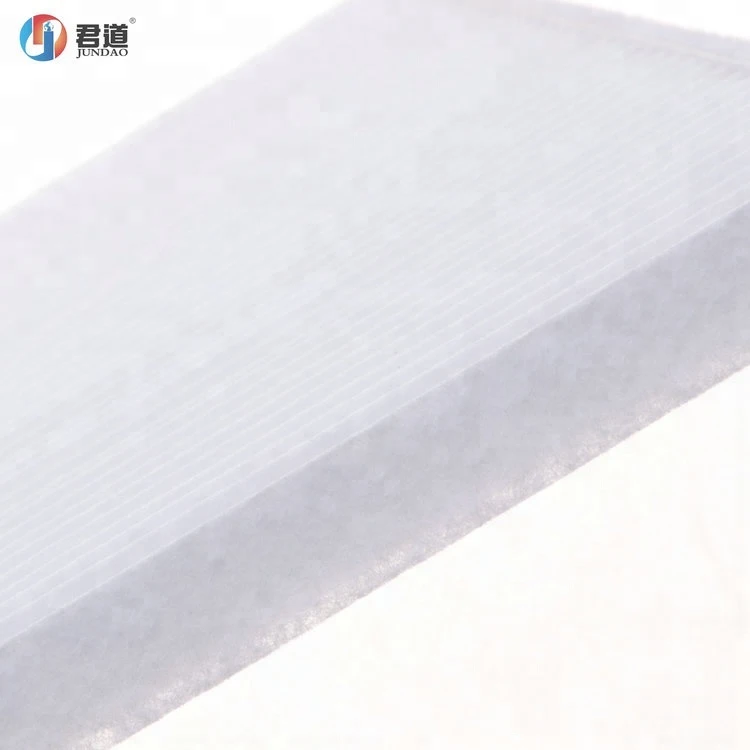
(non woven air filter media)
FAQS on non woven air filter media
Q: What is non-woven air filter media?
A: Non-woven air filter media is a synthetic fabric made from bonded fibers, designed to trap airborne particles. It offers high filtration efficiency, durability, and low airflow resistance. It's widely used in HVAC systems and industrial applications.
Q: How does a non-woven air filter compare to traditional filters?
A: Non-woven air filters are lighter, more durable, and resistant to moisture compared to traditional fiberglass or paper filters. They provide consistent filtration performance and can be reused after cleaning in some cases.
Q: What are the key applications of non-woven fabric air filters?
A: Non-woven fabric air filters are used in HVAC systems, automotive cabins, medical equipment, and industrial air purification. They effectively capture dust, pollen, and microbes while maintaining energy efficiency.
Q: Can non-woven air filter media be washed and reused?
A: Some non-woven air filter media are washable, depending on the material and manufacturing process. Always check the manufacturer's guidelines, as improper cleaning may damage the fiber structure and reduce efficiency.
Q: Why choose non-woven air filter media over other materials?
A: Non-woven media provides superior particle retention, longer lifespan, and customizable thickness for specific airflow needs. Its synthetic composition resists mold and degradation better than natural fiber alternatives.
Post time: 6월-02-2025

